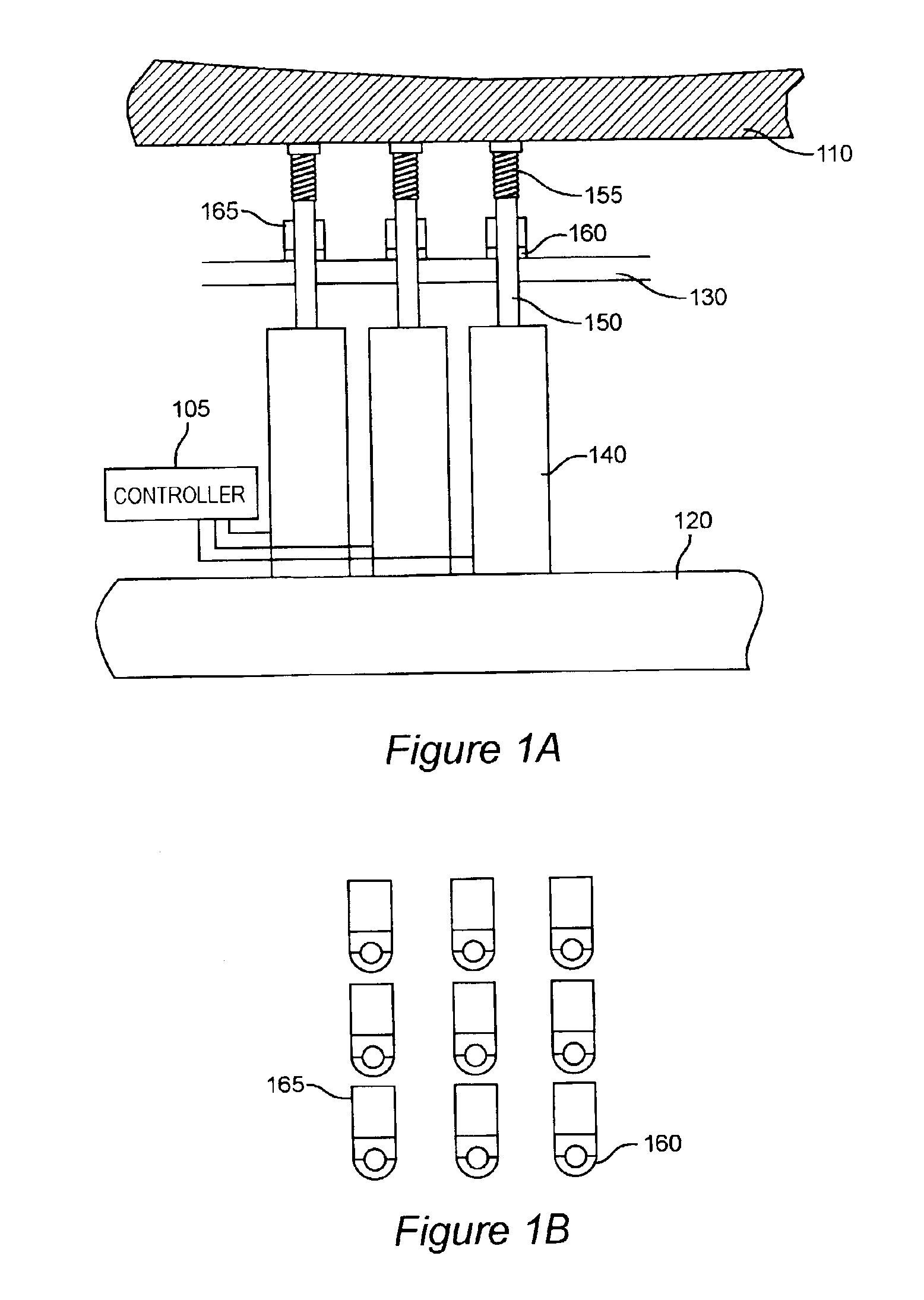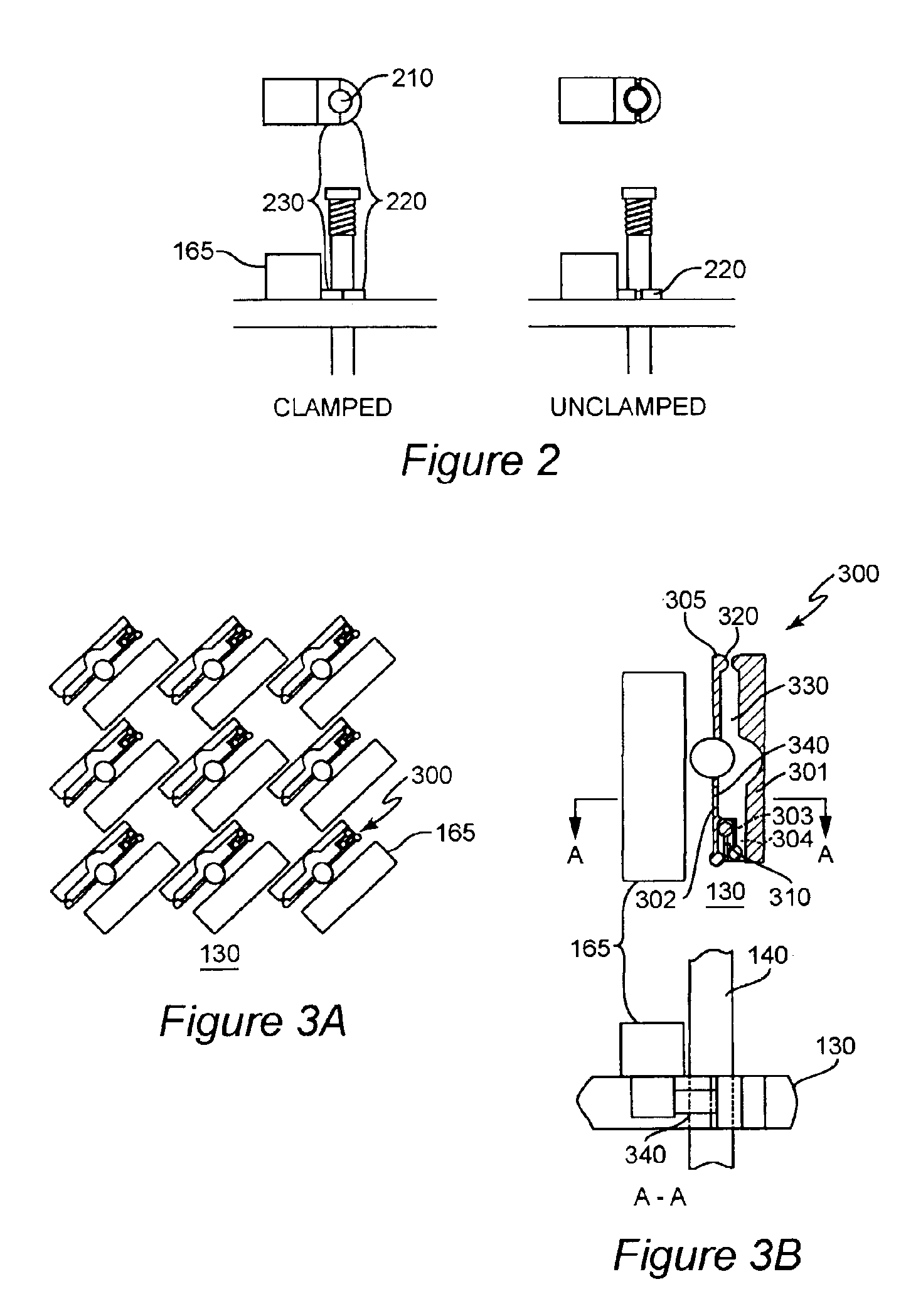Deformable mirror actuation system
a mirror and actuator technology, applied in the direction of optical elements, photomechanical devices, instruments, etc., can solve the problems of not widely used use of lithographic exposure by exposing a mask in close proximity to the wafer, unable to meet the requirements of lithographic exposure, and the manufacturing process of reticles for electron beam projection is much less developed, so as to achieve the effect of optimizing optical performan
- Summary
- Abstract
- Description
- Claims
- Application Information
AI Technical Summary
Benefits of technology
Problems solved by technology
Method used
Image
Examples
Embodiment Construction
[0021]Referring now to the drawings, and more particularly to FIG. 7A, there is shown an exemplary catroptic optical system with which the invention may be employed as well as in any reflective element of any optical system. All optical elements of this system are reflective and thus the optical system is suitable for projection of EUV wavelengths. The illustrated optical system is suitable for image projection of a pattern established by the reticle onto a target such as a resist-coated wafer. It should be further noted that this optical system is relatively complex; including six mirrors and having a folded optical path among the elements and principally off-axis which, itself, may give rise to significant aberrations.
[0022]Deformable mirrors are used in adaptive optics to alter the properties of a system in real time. The deformable mirror forms part of the optical system. The wave front of light transmitted through the optical system is measured and the shape of the mirror is ad...
PUM
| Property | Measurement | Unit |
|---|---|---|
| wavelengths | aaaaa | aaaaa |
| wavelengths | aaaaa | aaaaa |
| wavelengths | aaaaa | aaaaa |
Abstract
Description
Claims
Application Information
 Login to View More
Login to View More - R&D
- Intellectual Property
- Life Sciences
- Materials
- Tech Scout
- Unparalleled Data Quality
- Higher Quality Content
- 60% Fewer Hallucinations
Browse by: Latest US Patents, China's latest patents, Technical Efficacy Thesaurus, Application Domain, Technology Topic, Popular Technical Reports.
© 2025 PatSnap. All rights reserved.Legal|Privacy policy|Modern Slavery Act Transparency Statement|Sitemap|About US| Contact US: help@patsnap.com



